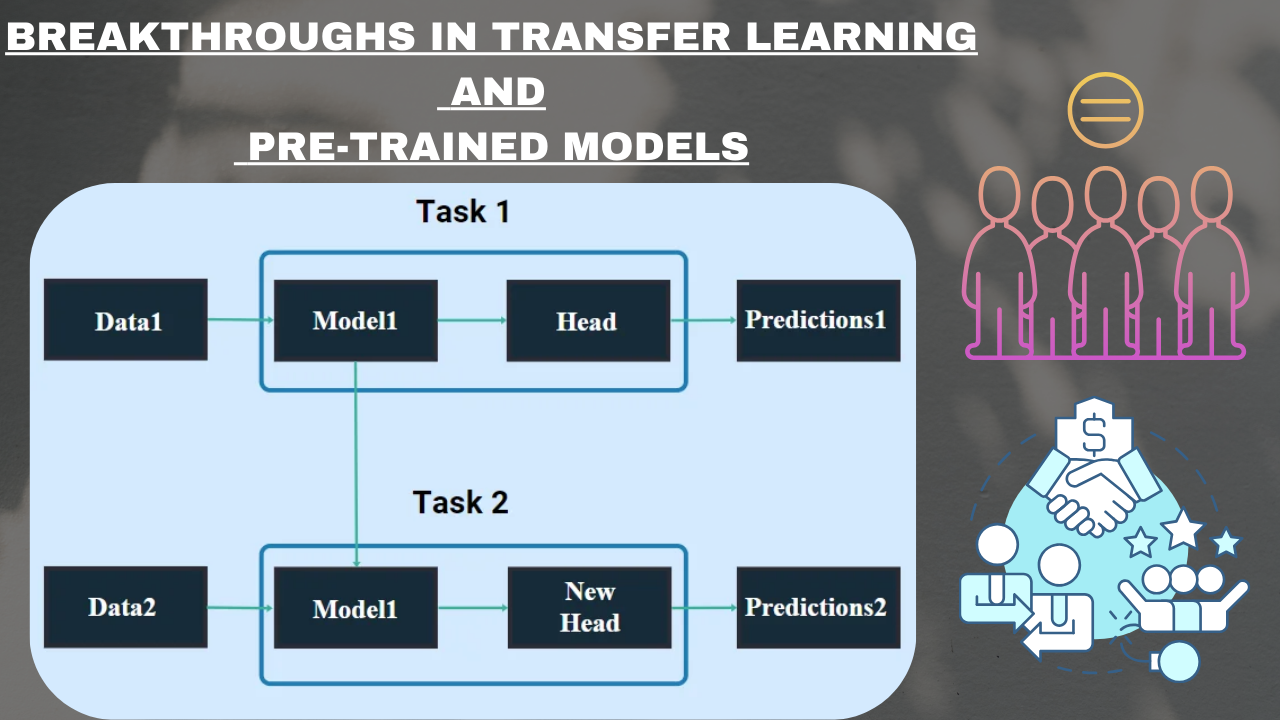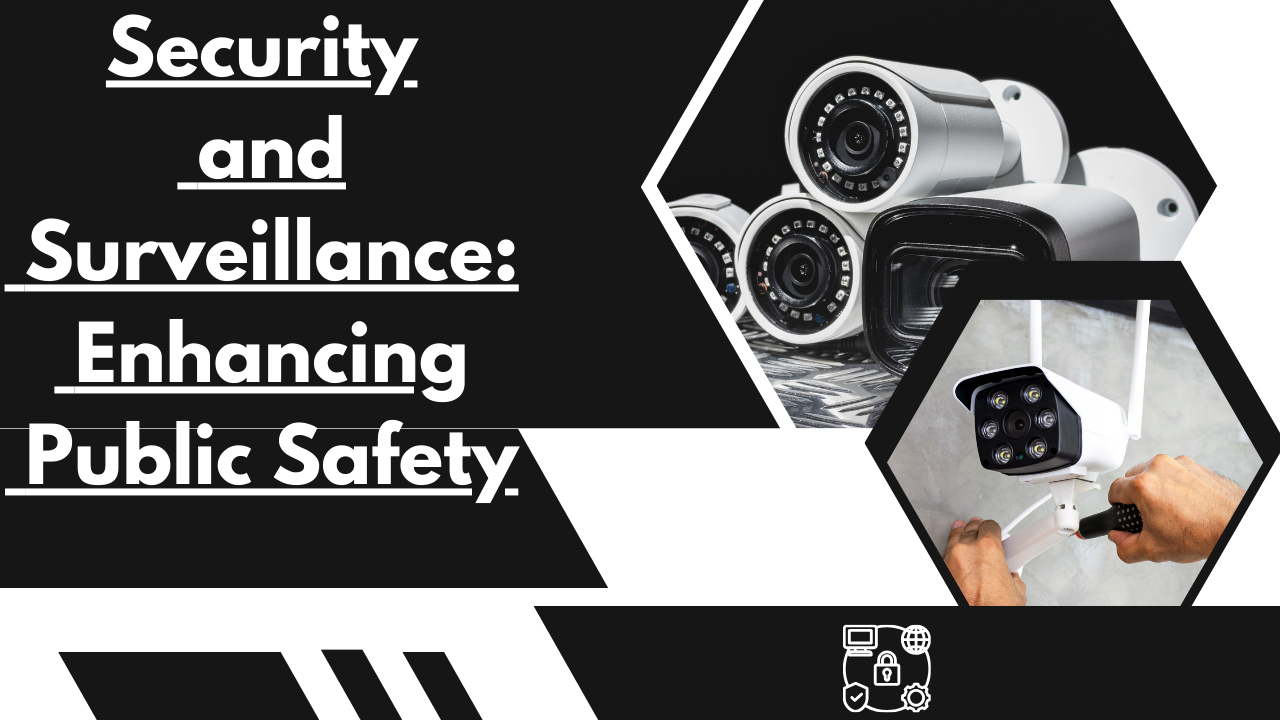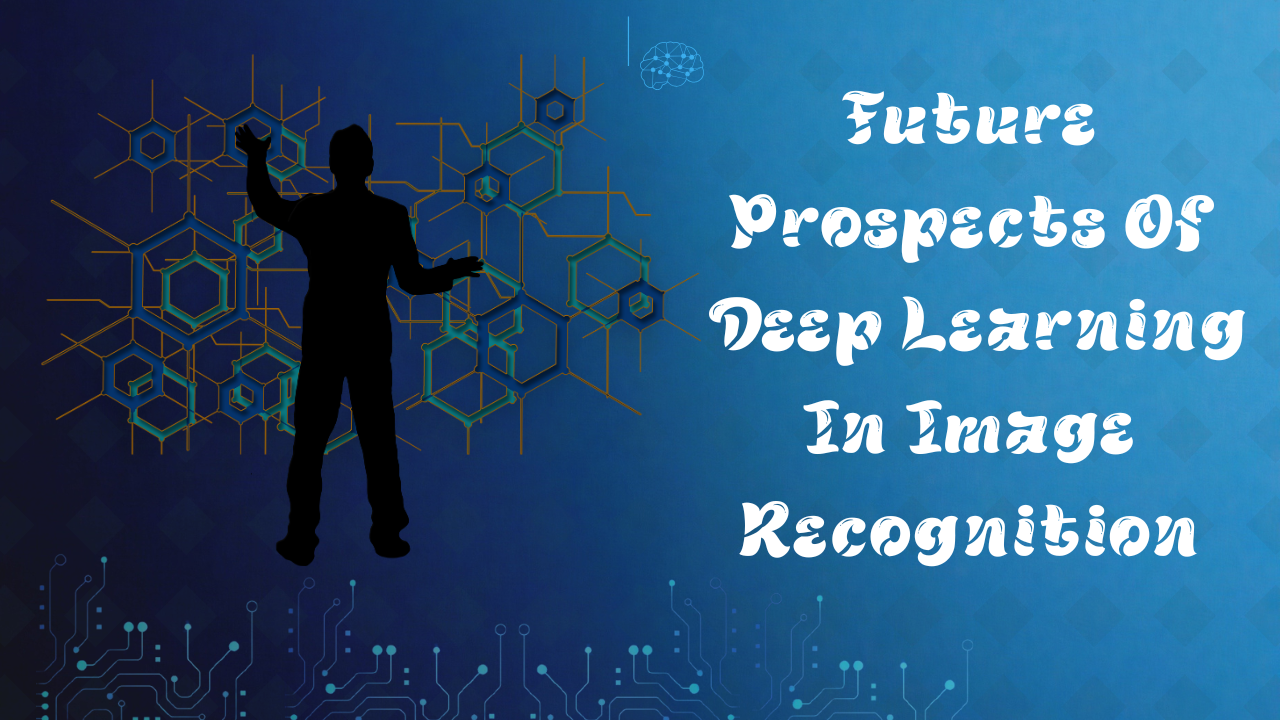In 2024, deep learning continues to be one of the most transformative forces in the field of artificial intelligence (AI), particularly in image recognition. This advanced branch of machine learning mimics the workings of the human brain by using neural networks. It has rapidly evolved to solve complex tasks such as identifying objects, faces, and even emotions in images. As industries increasingly rely on data-driven decisions, image recognition powered by deep learning is becoming indispensable in various sectors, from healthcare and security to entertainment and marketing.
In this article, we’ll explore how deep learning has revolutionized image recognition in 2024, covering its applications, advancements, and future potential.
Introduction to Deep Learning and Image Recognition
Deep learning is a subset of machine learning based on artificial neural networks. These networks are designed to mimic the way the human brain processes information. Unlike traditional algorithms, which require explicit instructions, deep learning models learn from vast amounts of data and improve over time without human intervention.
Image recognition is the process of identifying objects or patterns in images. It is one of the most significant applications of deep learning. By leveraging vast datasets, deep learning algorithms can identify patterns in images with remarkable accuracy. This process involves multiple layers of neural networks (often referred to as “deep” because of the many layers) that transform raw data into increasingly abstract representations, ultimately allowing the machine to “recognize” the content of the image.
The Role of Convolutional Neural Networks (CNNs) in Image Recognition
A key innovation that has propelled deep learning in image recognition is the development of Convolutional Neural Networks (CNNs). CNNs are specifically designed for analyzing visual data. They consist of multiple layers that scan an image pixel by pixel, identifying features such as edges, textures, and colors. These features are then combined to recognize objects, people, or even specific details within the image.
In 2024, CNNs have reached unprecedented levels of sophistication. With enhanced architectures such as ResNet (Residual Networks) and EfficientNet, deep learning models can now process and recognize images faster and more accurately than ever before. These models can differentiate between extremely similar objects and identify subtle variations in textures or lighting, making them particularly useful for applications like medical imaging or autonomous driving.
Breakthroughs in Transfer Learning and Pre-trained Models
Another revolutionary development in 2024 is the widespread adoption of transfer learning in image recognition. Transfer learning allows deep learning models to use the knowledge gained from one task and apply it to another. For example, a model trained to recognize animals in photos can be adapted to identify vehicles with minimal additional training.
Pre-trained models like Google’s Inception, OpenAI’s CLIP, and Meta’s EfficientNet have become essential tools for developers. These models are trained on vast datasets. Which makes them powerful starting points for a wide range of image recognition tasks. By fine-tuning these models with specific datasets, businesses, and researchers can achieve state-of-the-art results without needing to build models from scratch.
This has made deep learning far more accessible to industries. That may not have the resources for massive computational power, lowering the barrier to entry and driving innovation in sectors that can benefit from image recognition.
Image Recognition in Healthcare
The impact of deep learning on healthcare is monumental, especially in the area of medical imaging. In 2024, deep learning models will be used to analyze X-rays, MRIs, CT scans, and other medical images to detect diseases like cancer, heart conditions, and neurological disorders. These models can often spot anomalies that are difficult for human radiologists to identify, leading to earlier diagnoses and better outcomes for patients.
One of the most groundbreaking applications is in the detection of rare diseases. By analyzing patterns that are almost imperceptible to the human eye, deep learning algorithms can flag potential health issues long before they become severe. In some cases, these systems outperform trained professionals, making them a critical tool for improving diagnostic accuracy.
Additionally, AI-driven image recognition has enabled the development of personalized treatment plans. Where deep learning models analyze patient images to predict how they might respond to certain treatments. This has become a game-changer in precision medicine.
Autonomous Vehicles and Deep Learning in Image Recognition
Autonomous vehicles (AVs) are one of the most exciting applications of deep learning in image recognition. In 2024, self-driving cars rely heavily on deep learning algorithms to process visual data from cameras and sensors, enabling the vehicle to navigate, detect obstacles, recognize traffic signs, and make real-time decisions on the road.
Advanced deep learning models process a massive amount of data from multiple sources, including radar, lidar, and GPS, but it is the image recognition system that allows the vehicle to interpret its surroundings. By recognizing pedestrians, cyclists, and other vehicles, AVs can operate safely in dynamic environments.
As deep learning algorithms continue to improve, so do the accuracy and reliability of autonomous vehicles, bringing us closer to a future where self-driving cars become mainstream.
Security and Surveillance: Enhancing Public Safety
Deep learning in image recognition is playing a pivotal role in enhancing security and surveillance systems. Facial recognition technology has become more precise, and deep learning models are capable of identifying individuals in crowded or low-light environments with impressive accuracy.
In 2024, these systems will be deployed in airports, train stations, and public spaces to improve security measures. Law enforcement agencies use image recognition to identify persons of interest, track movement, and detect suspicious activities in real time.
However, as these systems become more widespread, concerns over privacy and data protection have grown. Balancing the benefits of improved security with the need to protect individual privacy remains a key challenge in this domain.
Retail and Marketing: Personalized Customer Experiences
Retailers are increasingly leveraging deep learning-based image recognition to enhance customer experiences. In 2024, smart stores use cameras equipped with image recognition software to analyze customer behavior. Such as which products they interact with and how much time they spend in certain areas.
By understanding customer preferences, retailers can offer personalized promotions, optimize store layouts, and improve inventory management. Image recognition also plays a role in online shopping. Where deep learning models help categorize images, making search results more relevant and accurate. For instance, when a customer searches for a product, AI-powered image recognition can match similar items based on appearance, color, or style.
This level of personalization helps businesses increase sales and improve customer satisfaction.
Entertainment and Media: Transforming Content Creation
The entertainment industry has also embraced deep learning for image recognition. In 2024, AI-driven content creation is transforming video editing, special effects, and even scriptwriting. Image recognition models are used to analyze visual data in films and television shows, allowing editors to quickly locate and manipulate specific scenes, objects, or characters.
It has also given rise to the creation of deepfakes—highly realistic fake videos and images. While this technology can be used for creative purposes, it also raises ethical concerns regarding misinformation and its potential misuse.
Beyond entertainment, platforms like YouTube and TikTok are using image recognition to detect inappropriate content or copyright violations, ensuring compliance with community standards.
Agriculture: Precision Farming with Image Recognition
In agriculture, deep learning is helping farmers improve crop management through precision farming. In 2024, drones and satellite imagery were combined with deep learning algorithms. It will allow farmers to monitor the health of crops, detect diseases, and estimate yields with remarkable accuracy.
By analyzing images of crops, these systems can detect subtle changes in color, texture, or shape. Which can indicate issues such as pests, water stress, or nutrient deficiencies. This allows farmers to take timely action, improving productivity and reducing waste.
Moreover, image recognition in agriculture helps optimize the use of resources like water and fertilizers, making farming more sustainable and cost-effective.
Future Prospects
Looking ahead, deep learning in image recognition will continue to evolve, with new architectures and algorithms. That can process even larger datasets more efficiently. One area of growth is in 3D image recognition, where this technology will be used to analyze three-dimensional data for applications in healthcare, robotics, and autonomous systems.
Another exciting frontier is explainable AI, where efforts are being made to make this technology more transparent and interpretable. As image recognition becomes more integral to critical industries, understanding how these models arrive at their decisions will be key to ensuring their reliability and trustworthiness.
The combination of faster computing power, larger datasets, and more sophisticated algorithms will ensure that this technology continues to push the boundaries of what’s possible in image recognition, unlocking new opportunities across industries.
Conclusion
Deep learning is undoubtedly revolutionizing image recognition in 2024. It is bringing unparalleled accuracy and efficiency to industries ranging from healthcare and security to entertainment and agriculture. With innovations like CNNs, transfer learning, and pre-trained models, the technology is more powerful and accessible than ever before.
As this technology continues to advance, its applications in image recognition will become even more diverse. The way we interact with the world and making processes more efficient, accurate, and scalable. However, as with any technology, challenges such as data privacy, ethical considerations, and the need for explainable. AI must be addressed to ensure a responsible and sustainable future for deep learning in image recognition.
FAQs
What is deep learning in image recognition?
Deep learning is a subset of machine learning that uses neural networks to mimic the human brain’s processing of data. In image recognition, this technology allows machines to analyze and identify objects, patterns, or features in images by processing vast datasets and learning from the data over time.
What is the role of Convolutional Neural Networks (CNNs) in image recognition?
CNNs are specialized neural networks designed for analyzing visual data. They scan images pixel by pixel and detect features like edges, textures, and shapes. These networks help recognize objects and patterns in images with high accuracy and efficiency, making CNNs fundamental to image recognition tasks.
How is deep learning used in medical image recognition?
In healthcare, deep learning models are used to analyze medical images like X-rays, MRIs, and CT scans. These models can detect diseases, spot anomalies, and assist in early diagnoses by identifying patterns that might be difficult for human radiologists to detect.
How are autonomous vehicles using deep learning for image recognition?
Autonomous vehicles rely on deep learning to process visual data from cameras and sensors. The technology helps the vehicle recognize pedestrians, obstacles, traffic signs, and other vehicles, allowing it to navigate roads safely and make real-time decisions.
What industries benefit from deep learning in image recognition?
Many industries benefit from deep learning in image recognition, including healthcare, automotive, security, retail, agriculture, and entertainment. The technology is used for tasks like diagnostics, surveillance, product identification, crop management, and video editing.

